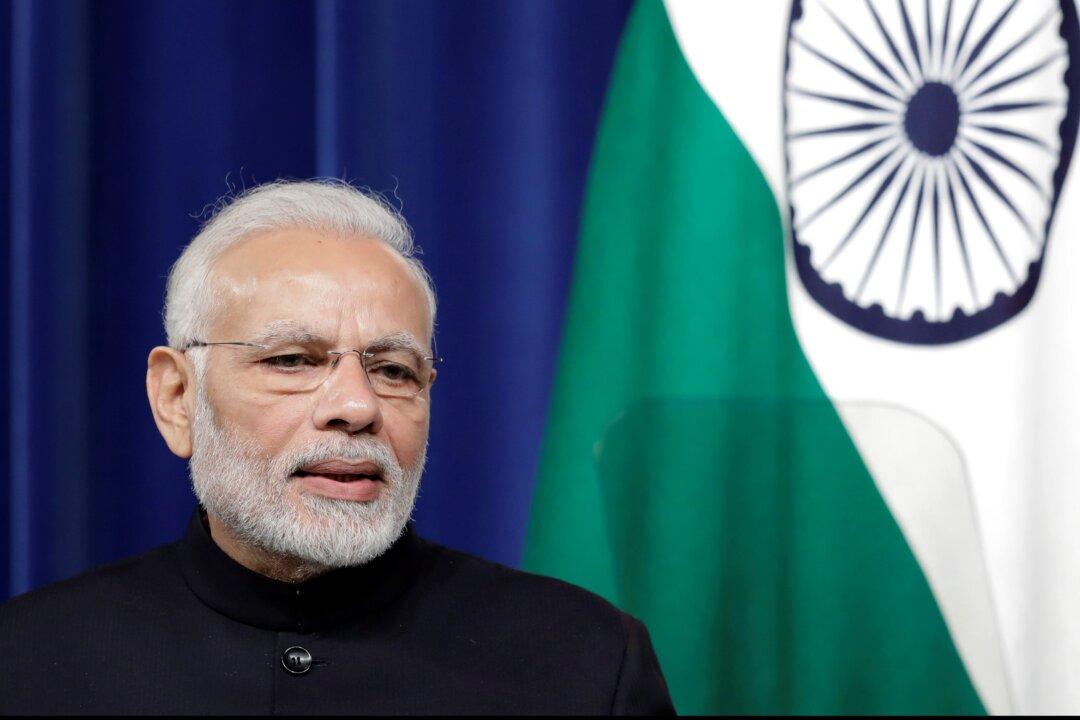India has recently renewed its attention to the Andaman and Nicobar Islands in the Indian Ocean, which occupy a key location in West-East maritime trade, with a series of infrastructure, economic, and defense projects that experts say will help India and its Indo-Pacific allies.
The country is upgrading two airstrips on the islands into full-fledged fighter aircraft bases, according to Aug. 25 media reports, and Prime Minister Narendra Modi has begun other development projects in the past few weeks.





